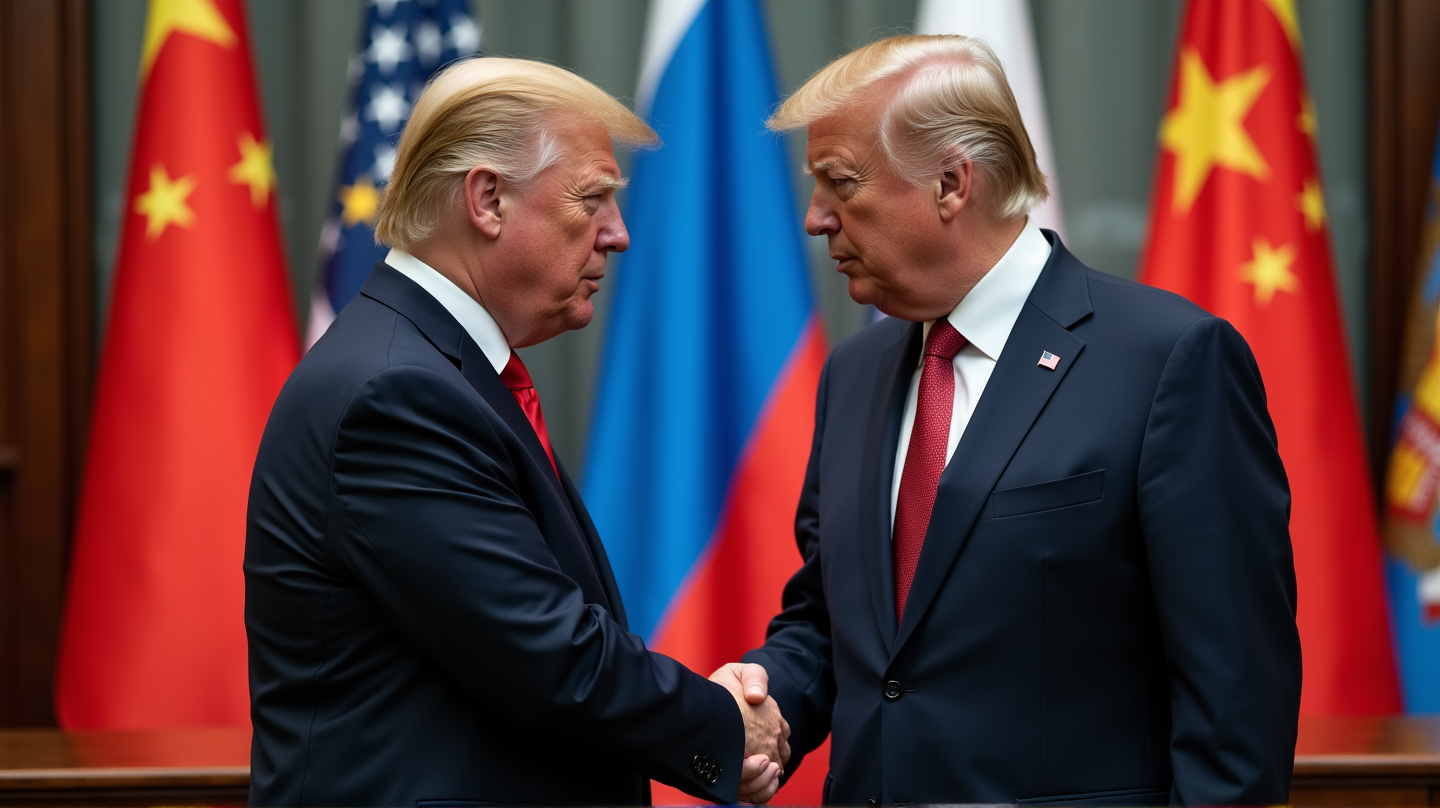The Big Meeting: A Flashy Announcement
In a glitzy meeting that boasted of grandeur, U.S. President Donald Trump lauded his recent discussions with Chinese President Xi Jinping as nothing short of “amazing.” Claiming an unprecedented 12 out of 10 in success, Trump announced that China would start purchasing “tremendous amounts” of soybeans, while hinting at large-scale oil and gas transactions from Alaska. Yet beneath these superlative-laden statements is a deal that some experts argue barely scratches the surface of the ongoing U.S.-China trade war.
A Temporary Respite: What’s Really on the Table?
Looking past the fanfare, the meeting resulted in what seems to be a temporary pause rather than a robust resolution. Trump agreed to decrease tariffs on Chinese goods by 10 percentage points, corresponding to the same amount he’d be raising them on Canadian goods—a reaction to Canadian governmental media opposition. This move has left some experts questioning whether this is indeed a ceasefire or merely a strategic pause in a trade war that has simmered under the surface for months. According to CBC, the meeting outlined only preliminary steps toward de-escalating tensions.
The Leverage Game: Conditions and Concessions
While committing to soften tariffs, Trump insisted on significant concessions from China. One top priority for the U.S. is combating the influx of chemicals used in fentanyl production, for which China promised to take firm action. Moreover, China agreed to cease its restrictions on rare earth mineral exports, crucial to advanced technology, and ended its boycott on U.S. soybeans—a reprieve for American farmers reeling from a market worth $13 billion annually. Despite these gestures, the promises largely restore conditions to their pre-trade war status.
Domestic Reception: Perceptions and Implications
Within the U.S., the announcement echoes with some popularity. Lower tariffs mean reduced import costs, a tangible benefit for American consumers weary of past price hikes. Public opinion is reflecting growing dissatisfaction with stringent tariffs, positioning the move as politically expedient ahead of upcoming elections. To many in the U.S., this approach may feel like a collective sigh of relief, a sentiment succinctly echoed by Craig Kafura from the Chicago Council on Global Affairs: “It feels good to stop hitting yourself in the face.”
What’s Next on the Horizon?
While Trump and Xi enjoyed an amicable meeting face-to-face, Canadian-U.S. relations remain decidedly frigid. Trump’s inaction toward Canadian Prime Minister Mark Carney amidst ongoing tensions signals a diplomatic stalemate that contrasts sharply with the high-stakes engagements with China. As geopolitical intricacies continue to unfold, one significant question remains unanswered: will this temporary truce lead to a lasting peace, or is it merely a lull before further economic battles resume on an increasingly global stage?
